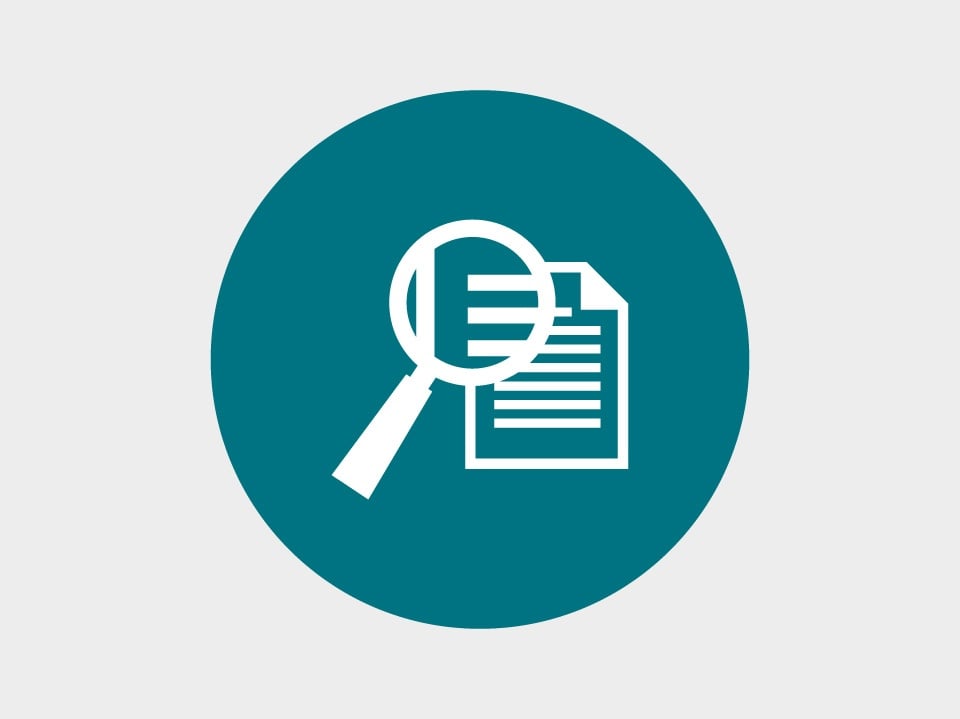Top-notch Product Owners and Business Analysts exercise a significant amount of analysis in the course of defining and managing high-quality software requirements. And Requirements traceability – the practice of documenting relationships between requirements and other information – is a powerful technique they use to enable it.
Traditionally and in its simplest form, teams have used traceability to tie business needs to requirements and then to deliverables. From a requirements perspective, traceability can go forward – from business need to requirements – to ensure all business needs are addressed and assess the impact of change. It can also go backward – from requirements to business need – to confirm every requirement addresses a business purpose and show where requirements originated. Traceability may be documented in a simple Microsoft Excel spreadsheet or a purpose-built requirements tool – but bottom line, it establishes links between varying types of information to support understanding, problem solving, and decision-making.
Why Robust Requirements Traceability Matters in Regulated Environments
In regulated industries, robust traceability practices are not just helpful – they are essential. As we’ve shared in recent posts, the challenges of defining and managing compliance requirements are many: Teams have to interpret complex, changing regulations with varying impacts to regions and systems. There are many stakeholders involved and both internal and external governance processes to consider.
Additionally, the elements that influence compliance requirements are complex and inter-related. Teams still need to link business objectives to requirements to ensure coverage and assess change impact. But they also need to demonstrate traceability back to original regulations and any regional nuances. They need to understand the impacts to compliance, governance, and risk management processes as well as other non-functional requirements. In the end, teams must be able to define high-quality compliance requirements and be able to prove to potential auditors that their requirements and deliverables address all aspects of current regulations. Formal traceability is the most effective way to do this.
If you’re dealing with regulatory compliance and struggling to get it right, upgrading your traceability capabilities will help, but be aware that the familiar Microsoft Excel traceability matrix may not be enough. You need robust traceability tools to enable thorough analysis and manage regulatory change, meaning tools that are:
- Flexible – providing the ability to understand relationships between requirements and many types of information including regulations, regional needs, processes, risks, and other non-functional requirements. This flexible traceability enables robust analysis.
- Multi-directional – supporting Product Owners’ and Business Analysts’ needs to follow the trail forward from regulation to requirement to analyze change impact and make sure all needs are covered – and backward from requirement to regulation to validate purpose and document origin.
- Precise – able to establish and view relationships between specific pieces of information at both macro and micro levels – for example enabling traceability from a requirement not only to a business process but to a specific step within that process.
- Methodology-agnostic – to support both Agile and traditional teams. Traceability is a key enabler of analysis – something needed in all It also provides the documentation organizations need to plan for and demonstrate compliance to auditors, even in an Agile world.
If regulatory compliance requirements challenge your teams, the best practice of traceability should be on your radar, as should the practice of requirements reuse we wrote about in a prior post. This is the fourth post in our series on compliance requirements. Check out our other posts on the subject:
- The Top 6 Reasons Compliance Demands Complicate Your Software Requirements
- Business Analysts: Do You Understand Your Regulatory Environment?
And for more information or a demo of Blueprint’s support for requirements traceability, please contact us today.



